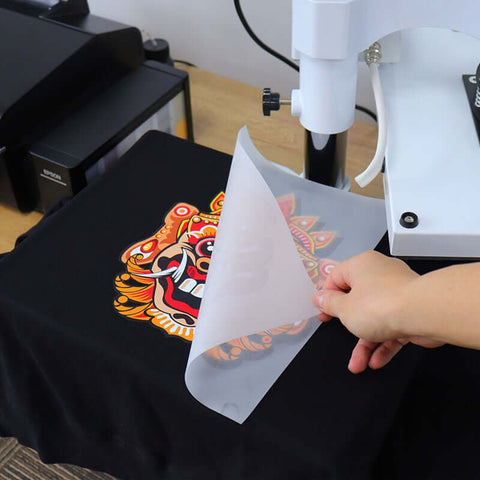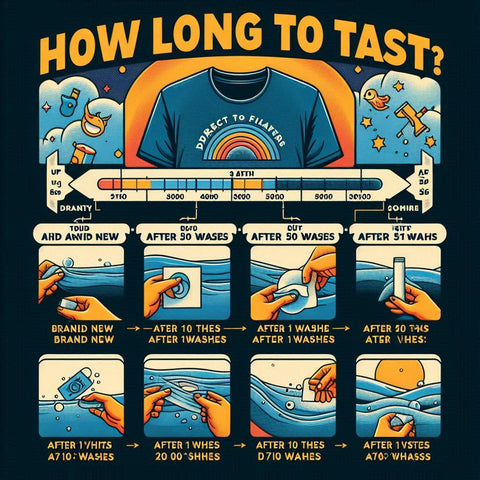-
Design Creation:
- The process begins with the creation of a digital design using graphic design software. The design should meet the specifications required for DTF printing.
-
Printing on Film:
- The digital design is printed onto a special heat-resistant film using a DTF printer. The printer applies DTF-specific ink, ensuring optimal adhesion to the film and the subsequent transfer to the target material.
-
Film Coating and Adhesive Layer:
- Once the design is printed, a layer of adhesive is applied to the film. This adhesive layer plays a crucial role in bonding the ink to the material during the heat press transfer.
-
Film Lamination:
- To enhance the durability and quality of the DTF transfer, a clear protective layer, often referred to as a "carrier" or "release film," is laminated onto the printed film. This additional layer protects the design and facilitates a clean transfer.
-
Material Preparation:
- The material to be printed, whether it's fabric, apparel, or another substrate, is prepared for the transfer process. This may involve pre-treating the material to ensure optimal adhesion.
-
Positioning of the Film:
- The printed DTF film, with its adhesive and protective layers, is carefully positioned onto the target material, aligning the design as desired. The film can be placed with the printed side facing up or down, depending on the substrate.
-
Heat Press Transfer:
- The material and DTF film are then subjected to a heat press machine. The combination of heat and pressure activates the adhesive, causing the ink to sublimate from the film onto the material. This heat press transfer is a crucial step in achieving a vibrant, long-lasting print.
-
Cooling and Peeling:
- After the heat press process is complete, the material is allowed to cool. Once cooled, the protective film is carefully peeled away, revealing the transferred design on the material's surface.
-
Finished DTF Transfer:
- The result is a high-quality, detailed print directly on the material. DTF transfers are known for their versatility, allowing for intricate designs, vibrant colors, and the ability to print on various substrates, both light and dark.
By following these steps, DTF transfers offer a versatile and efficient solution for on-demand, high-quality printing across a range of applications.





Comments (0)
There are no comments for this article. Be the first one to leave a message!